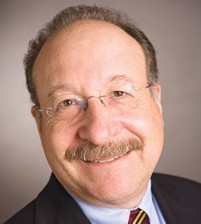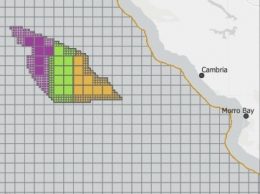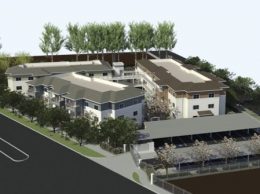Dubroff: Voters back green energy but may balk at higher bills
IN THIS ARTICLE
- Columns Topic
- Henry Dubroff Author
By Henry Dubroff Friday, July 29th, 2016

Henry Dubroff
This has been a big year for green energy.
Anti-nuclear groups are celebrating an agreement to close Diablo Canyon nuclear plant near San Luis Obispo, solar costs are on par with conventional resources and a big wind turbine project offshore at Morro Bay is moving rapidly through the approval process.
The Public Policy Institute of California reported on July 27 that 10 years after the state’s groundbreaking AB 32 legislation, 62 percent of likely voters support strict limits on greenhouse gas emissions. A proposal to enact even deeper cuts garners 58 percent approval and the PPIC reports likely voters say they would pay more for energy to reduce global warming.
But beneath the surface there are growing questions about the future for energy production in California and what will happen when voters realize the full cost of achieving a new target of 50 percent renewable electricity by 2030 that Gov. Jerry Brown recently signed into law– especially if the 18,000 gigawatts per year of zero emissions power from Diablo Canyon need to be replaced. An even more aggressive target may go before voters, the PPIC reported.
Already Pacific Gas and Electric, Diablo Canyon’s operator, has asked for a delay in a hearing before the California Public Utilities Commission that would have heard details about the plan to halt production after 2025. Among the issues are the huge costs to San Luis Obispo County and its schools as payrolls vanish and direct payments disappear.
But there’s also the question about what sort of power sources will be needed to replace Diablo Canyon’s valuable baseload or permanent power. While solar costs have dropped substantially, storage is still a high-priced solution that requires either higher rates or large subsidies handed out to Tesla and other battery firms.
The environmental tradeoffs are most apparent in Ventura County, where the closing of the San Onofre nuclear plant in San Diego County is part of the reason why Southern California Edison, the plant’s owner, wants to site a natural gas fired peaker plant in Ventura County. Its favored site on the Oxnard coast, which is owned by NRG Energy, has run up against a small but spirited group of opponents. Rival Calpine has offered Edison an alternative plant in Santa Paula; the Calpine alternative was first reported in this column.
A top energy efficiency expert I spoke with last week suggested that trading zero emissions nuclear power for a string of small natural gas fired plants will increase costs and make it harder for the state to achieve its emission reduction goals. Lt. Gov. Gavin Newsom has called the closing of San Onofre “a disaster” for the renewable cause due to the gas fired power that’s replacing it.
Santa Barbara’s South Coast may have a part of the solution. There is talk about taking this portion of Edison’s territory and using “micro grid” energy management technology and a large battery storage facility, possibly in Goleta, to create a more-or-less self-managing system that requires a minimum of conventional power production.
Costs of micro-grid production are not fully quantifiable and nobody has a clear view about how scalable micro-grid technology might be.
The bottom line is that right now, green energy movements are popular in California, a blue state where the same PPIC survey has Hillary Rodham Clinton with a solid double-digit lead over Donald Trump. Voters say they are willing to trade higher prices for renewable power and cleaner air.
But you can’t charge a hedge fund manager in Hope Ranch more than a factory worker in Oxnard for their power, so rising electric rates just make the inequality problem worse. Rising power rates have a nasty habit of sneaking into everything from the price of bread to the price of a hamburger. And voters are a fickle lot. If they see their power bills going up a lot faster than their wages, there may be a backlash.
• Reach Editor Henry Dubroff at [email protected].












